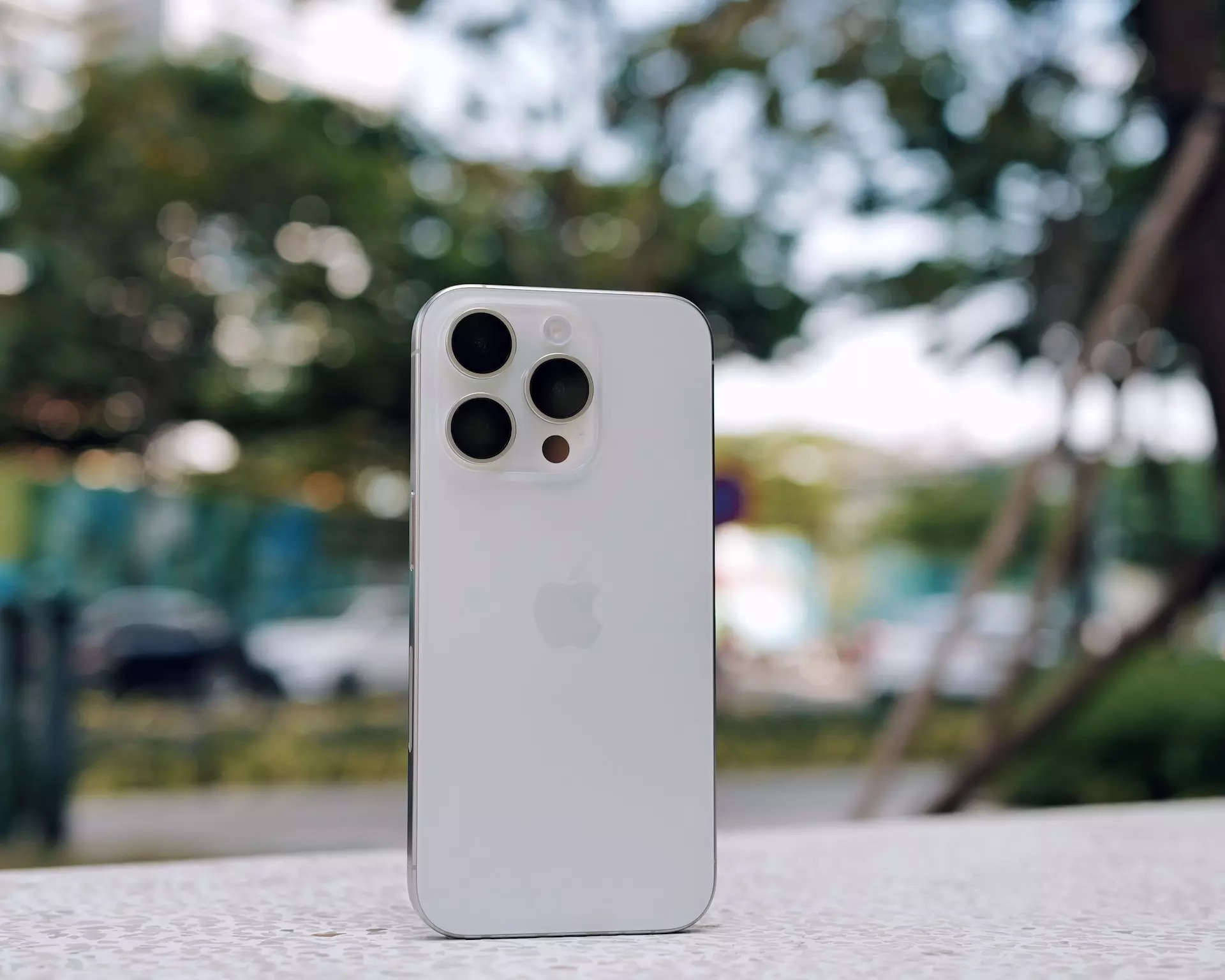
[ad_1]
Sharing passwords with family can be a delicate dance. Between the forgotten logins and security concerns, it’s often a recipe for frustration. Remember the frantic scramble for Netflix logins or the hushed whispers of Wi-Fi passwords between family members? iOS 17 brings a sigh of relief with its Family Passwords feature, changing how we share accounts within the household.This isn’t just about avoiding sticky notes plastered on the fridge – it’s about securely managing shared access to important accounts and subscriptions.
How to get started on Family Passwords
How to get started on Family Passwords
- Create a Group: Head to Settings > Passwords > Family Passwords and tap “Get Started.” Give your group a name, like “Family Hub,” and invite members using their
Apple IDs. They need to be on iOS 17 too. - Choose what to share: Select the passwords or passkeys you want to share with the group. This can include anything from streaming services to banking apps.
- Safety first: Each member authenticates with Face ID or Touch ID before accessing shared passwords, ensuring extra security.
- Once added, members can access shared accounts directly from their own devices, eliminating the need to borrow your phone or remember complex logins.
How it can be useful
For starters, you can say goodbye to forgotten passwords or unauthorised access. Family Passwords keeps everything organised and secure, giving everyone peace of mind. It also helps in sharing subscriptions like Apple Music or Spotify with your family and avoid paying for multiple accounts. Furthermore, it gives trusted family members access to important accounts, like banking apps, for emergencies or assistance, while maintaining control.
Also, Family Passwords utilises end-to-end encryption, meaning only authorised members can access shared credentials. Apple never stores the actual passwords or passkeys, adding an extra layer of protection.
[ad_2]
Source link
